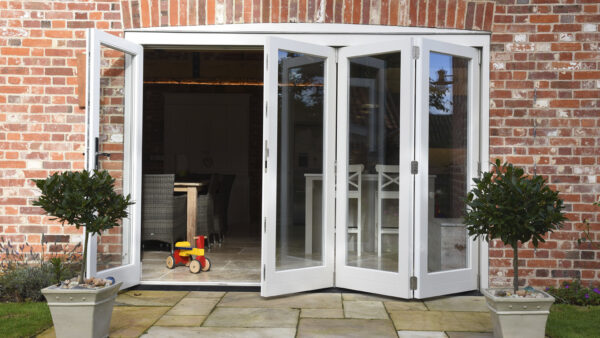
Neuroaesthetics is the new kid on the design block. It’s an interdisciplinary field that merges neuroscience with the study of aesthetics. Driven by wellness trends, it explores the idea that spaces can be more than functional; they can have a positive and measurable emotional impact.
Neuroaesthetics aims to understand how the brain perceives, processes, and responds to art and beauty, and how these processes are connected to emotions, cognition, and behaviour. For interior designers and architects it’s helping them create spaces that are not only visually appealing but that enhance wellbeing, productivity, and overall quality of life.
Neuroaesthetic studies have informed design in spaces such as hospitals, schools and community spaces where healing and focus are essential. In the workplace companies are using neuroaesthetic insights to design offices that boost creativity and productivity and homes are being designed to enhance well-being using neuroaesthetic principles.
“In architecture and design the focus has been on functionality. The question of how people feel in those spaces has not been given a lot of priority”
When you consider that people in developed countries spend over 90% of their time in built environments, and according to a 2023 UK survey, 73% of people believe the way buildings look impacts their mental health the focus on how spaces make people feel is likely to intensify.
Earlier this year a study on neuroaesthetics explored the potential for interior spaces. ‘Neuroaesthetics – Design for the Mind’ was researched and developed by neuroaesthetics studio Kinda Studios and created in partnership with German door hardware firm FSB. The study collates insights across science, technology, and the arts, offers four pillars to shape design decisions, 56 case studies that explore its practical applications, and an accessible tool kit for architects and, designers.
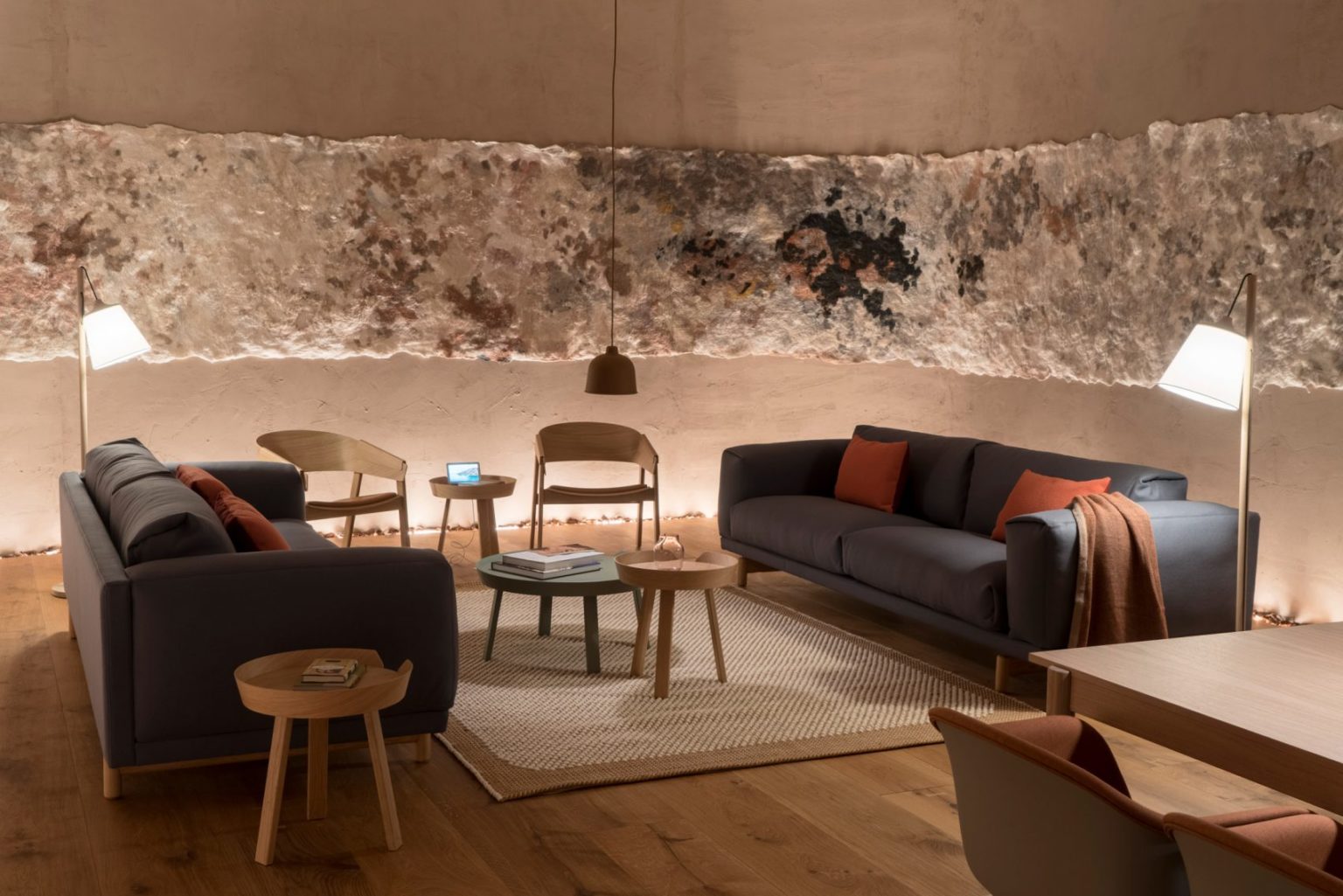
Anjan Chatterjee, the neuroscientist who helped compile the study says: “In architecture and design the focus has been on functionality. The question of how people feel in those spaces has not been given a lot of priority in the past. We’re asking what are the conditions under which people flourish? And it’s not confined to thinking about how we can prevent various kinds of mental health issues, but really how can we get people to be the best versions of themselves? There’s not going to be a cookbook recipe. We need more rigorous research and we have to arm ourselves with more knowledge and greater understanding so that we can breed and develop new useful ideas.”
Sushi Reddy, founder of Reddymade a pioneering architectural practice that focuses on human engagement and wellbeing explains why feelings in spaces matter: “Our best connections are made in amazing spaces created with certain conditions, and almost always with an emotional undertone. We really need to understand that our surroundings are not just passive backdrops. They’re an active agent in our physical, emotional, and mental wellbeing.”
“Neuroaesthetics now documents design’s ability to improve health. It’s an important shift in the value perception of our industry”
The Google retail store in New York designed by Reddymade, brings technology and humanness together to create an experiential space for customers. They used shades of colour that would create a warm envelope so shoppers immediately felt at ease. It places objects in the contextual space of an at-home environment that helps consumers imagine objects in their home without being overwhelmed by the aesthetics.
In 2019 at Milan Design Week interiors firm Muuto collaborated with Google, Reddymade Architecture and Johns Hopkins University on an installation exploring the field of neuroaesthetics and how aesthetic experiences have the potential to impact our biology and well-being. As guests entered ‘A Space for Being’, they were given a wristband that measured specific physical and physiological responses. They visited three rooms incorporating unique furnishings, artwork, colours, textures, lighting, and sounds, At the end of the exhibit, guests received a customised report suggesting in which space they felt “most comfortable” or “at ease,” based on their real-time physiological responses.
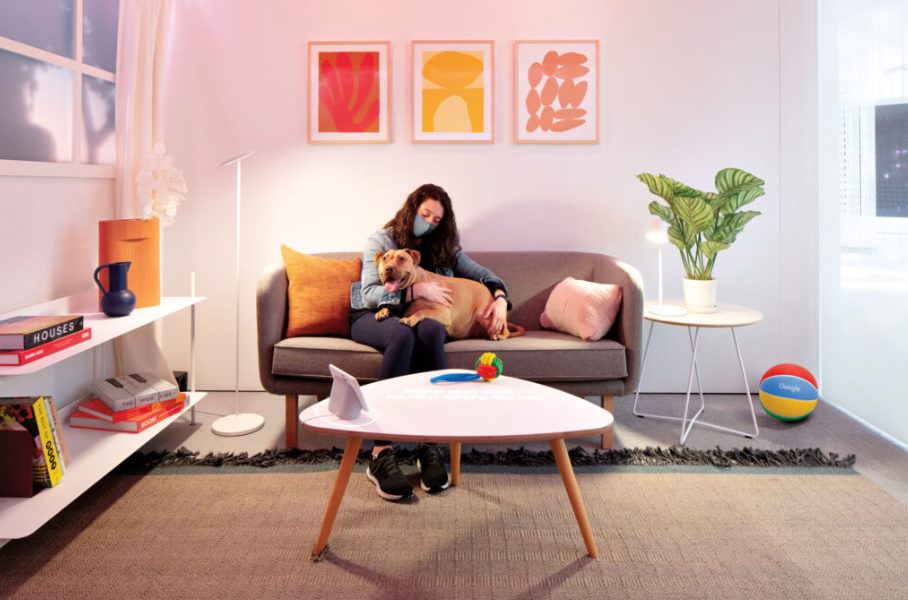
In October 2023 Heatherwick Studio launched “Humanise” – a campaign that called for an end to ‘boring, soulless buildings making the case for architecture’s positive impact on social wellbeing.
The global campaign is sparking a public conversation about the way buildings make us feel. It doesn’t just relate to large-scale buildings, it applies to homes, hotel lobbies or offices – anywhere with intentional colour and material choices or spaces which promote positive effect on communities.
Door hardware and neuroaesthetics
Designers and manufacturers of door handles know the thinking behind neuroaesthetics well. A handle that is tactile, ergonomic or a certain finish to evoke a feeling is familiar in the market..
As Juhani Pallasmaa, author of The Eyes of the Skin: Architecture and the Senses puts it “The door handle is the handshake of the building”. The handle of a building is often your first physical interaction with a space and is critical the first impression. German manufacturer FSB has spent decades researching the patterns of grip and the psychological effects that everyday objects have on our emotions. FSB advocates for coherence and putting architectural and stylistic principles in effect within a building. FSB considers door handle as ‘architecture in miniature’.
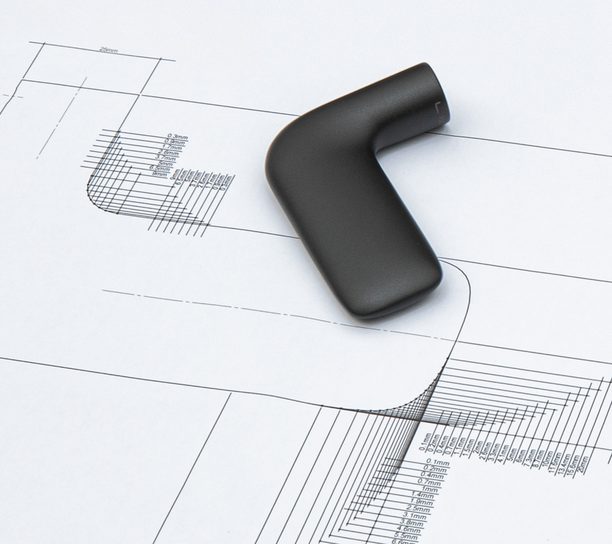
Mike Holland senior partner and head of industrial design at Foster + Partners worked with FSB to develop a handle. Talking about how aesthetics have informed design he said: “There’s a far greater emphasis on the tactility and craft of the pieces we develop and design. No longer do we lean on a systematic approach but instead create individually crafted objects that are beautiful to touch and use. Each handle has been designed as an object. In doing so it becomes another part of an interior and environment that because of these details becomes more human. It’s similar with FSB. Historically door handles have been designed with a systematic approach whereas FSB acknowledges that there’s a very diverse rang of hands each with different idiosyncrasies.”
Each handle has been designed as an object. In doing so it becomes another part of an interior and environment that because of these details becomes more human.
For example, when it comes to inclusivity, taking into account the needs of the neurodivergent, for example, it’s been discovered that curves, rather than hard angles, can be comforting. Andy Matthews, head of sales at HOPPE (UK) says the finer details of door hardware have risen up the agenda as we consider inclusiveness supported by the release of PAS 6463:2022 ‘Design for the mind’ BS 8300:2:2018 guidance, and The Inclusive Design Overlay to the RIBA Plan of Work.
“Employee wellbeing has become increasingly important to many businesses in recent years. Not only do buildings need to be physically accessible, but there’s a growing focus on how the built environment can affect mental health.
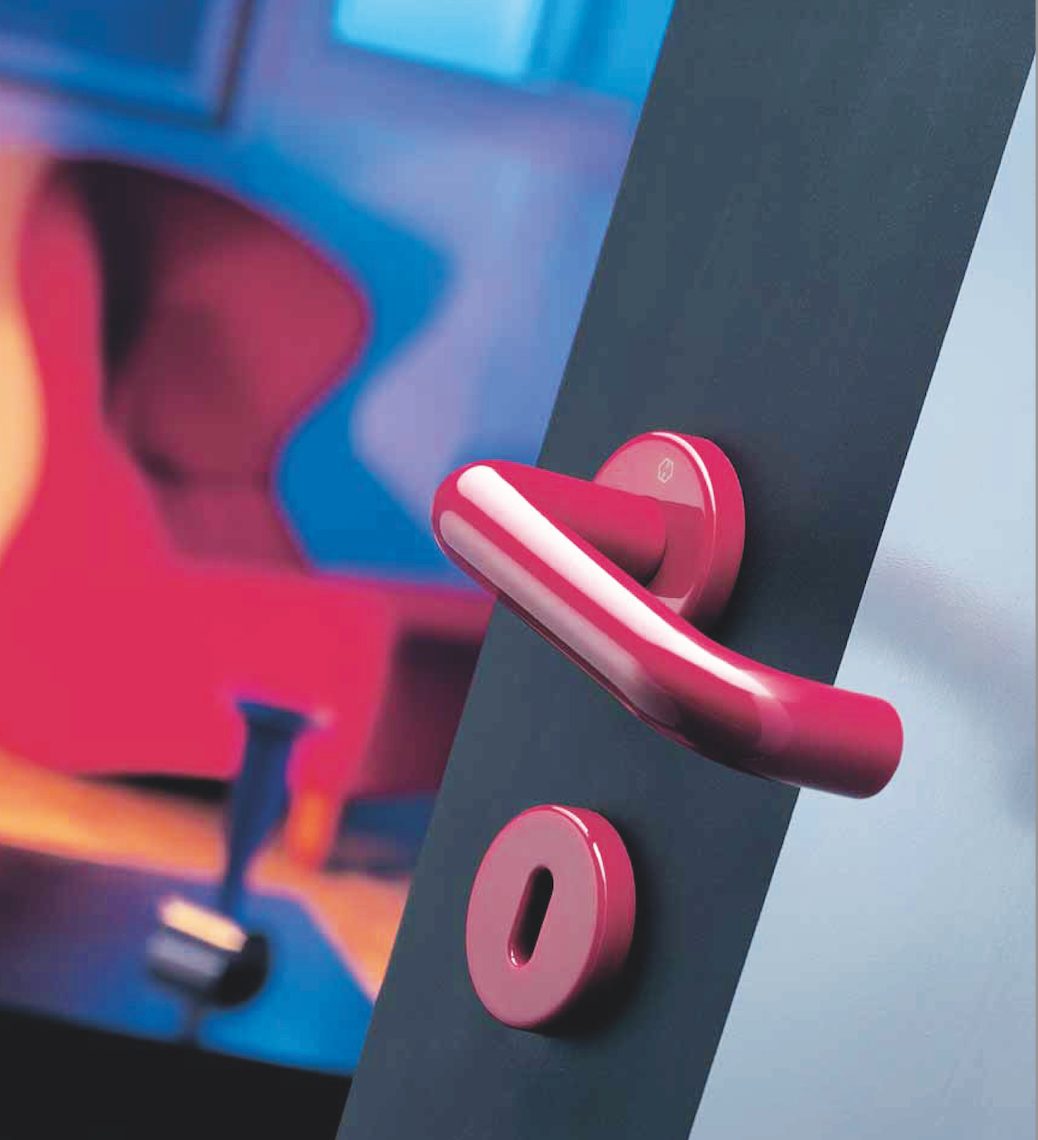
“The shape, feel and position of a door handle needs to accommodate all types of users within an office. The material and finish of a handle can determine how comfortable it is for the user to operate. A handle which has a nylon sleeve is considered one of the most comfortable as it is not cold to the touch. It is also worth thinking about the positioning of the handle in relation to any windows that are letting in large amounts of sunlight to prevent handles or handrails from getting too hot.
“In larger offices, neurodivergent employees may benefit from coloured handles to assist with wayfinding. A colour coding system should be consistent but not overwhelming. The use of subtle colours, which are less visually stimulating, can prevent confusion or distraction. Other considerations include the colour of the door and its surroundings.”
According to Virgin Media O2’s yearly Movers Index, 2023 was the start of the ‘great return’ as office workers returned to their normal offices after working from home. The data shows that now over 40% of employees have returned to a five-day in-office work week but many report it also means a return to the downsides of office life. The knock-on effect has been a demand for better initiatives and policies to support employees’ wellbeing. Gartner research shows that 48% of office employees believe that return to office policies prioritise what leaders want over what employees need, with a knock-on effect on wellbeing in the workplace.
Less friction, more wellbeing
Codelocks says it has been part of meeting that need. The forms of support vary from hybrid working to gym memberships or hot desking between office locations. Common to them all is the need for effortless access control and flexibility as people find their way back to shared spaces and open-plan offices. Codelocks points out that even small details like hassle-free access or effortless key override show that when it comes to employee wellbeing, the less friction, and more flexibility, the better. As things are made easier to use, and employees are given choice in how they use them, employee morale and productivity is likely to increase.
As neuroaesthetics increasingly provides the scientific evidence of the effect of design it will give architects, designers and specifiers another way to approach clients. Mike Peterson, co-Founder of the Science of Design Summit explains: “The design industry in five years will no longer be guided by the value perception of creating pretty rooms. Science, technology and the study of neuroaesthetics now document design’s ability to improve health. It’s an important shift in the value perception of our industry.”
Home interiors director for the trend-forecasting agency Fashion Snoop sums up the value in neuroaesthetics “Through understanding the science behind design, we have the ability to create environments that are more inclusive and deliver smarter, more thoughtful solutions.”







